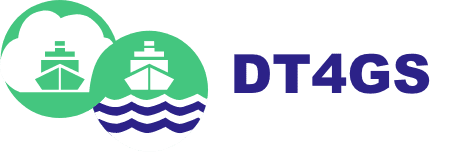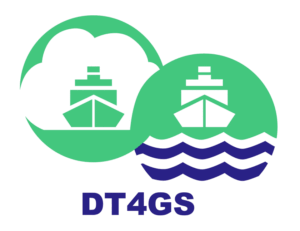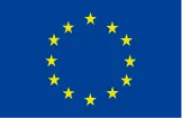For the task T3.2, DANAOS specified requirements from the four LLs (use cases involving phase one of the decarbonization roadmap-operational optimization, data acquisition systems, etc). The requirements and specifications gathered from the LLs defined a preliminary architectural overview of the DT configuration and deployment support services framework. The envisaged framework will assist shipowners to achieve efficiency in fleet management with tangible benefits in terms of environmental compliance, via a set of tools defined in WP2 (Open Model Library, Virtual Model Execution Engine, Cloud/Edge and Comms Infrastructure and the DT4GS Monitoring Platform) that will largely simplify and automate the integration and deployment of models, related to decarbonization technologies, in the broader frame of DT4GS ontology. In the context of continuous integration/deployment, DANAOS provided an office server, that will synchronize with the newest data acquired from the containership-centric LL, incorporating a No-SQL database scheme for faster indexing. The provision of a centralized office server hosting operational data from the LLs is the first step towards automating DT deployment.
DANAOS progressed in alignment with the timeplan established in the first months of the project by continuing the implementation of OML and MBT in the context of WP2 that aim to vastly automate the way the models and their associated parameters are described. A thorough literature review and market analysis concerning existing frameworks that support the CI/CD of services allowed us to identify the gaps and highlight the added value of the DT deployment support services, showing the way beyond SOTA solutions. Requirements elicitation from the two LLs established the cornerstone of the platform and defined available resources in terms of infrastructure for data collection and storing, as well as regarding model employment and inference. By operating the two LLs on a day-to-day basis, an appropriate roadmap was established defining for each vessel the short and long-term goals (emission reduction, power management, charter party compliance) as well as the most suitable, in terms of financial and technical viability, mitigation solution. To this end, a global, cross-vessel, use case was defined; that of Emission Control and more specifically Routing Optimization/FOC approximation. Utilizing the aforementioned prominent working example, we outlined the backbone to define the services required to support the deployment and management of the Digital Twin.
DT4GS has received funding from the Horizon Europe framework programme under Grant Agreement No 101056799.





